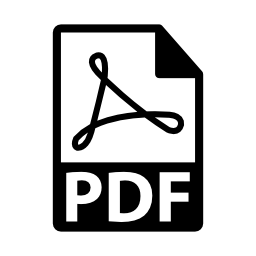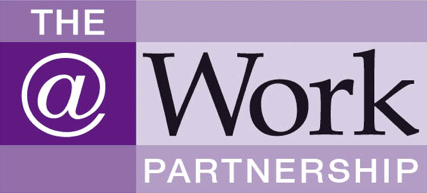April/May 2025 (vol. 21/6)
ContentsFeaturesNewsLegal
NewsResearch DigestResearch PlusCPD
 PERSONAL LEARNING ZONE
PERSONAL LEARNING ZONE
Summary:
FEATURED ARTICLE
This issue of Occupational Health [at Work] features a Personal Learning Zone (PLZ) article recommended for continuing professional development (CPD). The assignment questions, ‘Personal learning statement’ and ‘Certificate of engagement’ are available to subscribers at ohaw.co/AWPcpd. These will also be stored in your password-protected PLZ. The PLZ will help you document your own CPD. Occupational health physicians and nurses, occupational hygienists and other professionals can use the resource in support of their specialism’s revalidation or CPD requirements.
Pages 29–33. Evidence-based OH practice – part 2. Knowing how to structure research questions, and where to search for and critically appraise the available evidence, is an essential part of modern OH practice, even when time and resources are in short supply. Where workplace-specific research is lacking, OH professionals may need to adapt evidence from other areas and apply it to the occupational context.
ADDITIONAL CPD
The following articles, news and research items are suggested reading for CPD and professional revalidation. Subscribers can complete their online Personal Learning Zone CPD record at ohaw.co/AWPcpd
Pages 4–5. The National School of Occupational Health has published the competences it expects of OH nurses.
Page 6. Healthcare worker fatigue must be managed as an occupational hazard and not simply as a ‘wellbeing issue’, guidance from the Society of Occupational Medicine makes clear.
Page 7. Healthcare professionals should consider asking people about their gambling habits alongside questions about smoking and alcohol consumption, a NICE guideline states.
Pages 13–21. Alongside difficulties with reading and writing, people with dyslexia may struggle with aspects of planning, organisation and working memory. Simple and technological solutions are available.
Pages 22–28. Although long COVID remains a relatively small part of most OH professionals’ caseload, managing cases can be complex. Strategies focussing on working hours, workload, scheduling and flexibility are recommended.
Pages 34–37. As well as adherence to their own policies, employers need high-quality OH evidence to ensure that their absence management of disabled employees is fair – especially when dismissal is being considered.
Page 38. Our compendium of recent research includes a systematic review of the mental health risks of emergency medical and call-handling workers, and evidence that hand–arm vibration syndrome leads to poor psychological as well as physical outcomes.
Author: The At Work Partnership Ltd
Occupational Health at Work April/May 2025 (vol. 21/6) pp39



